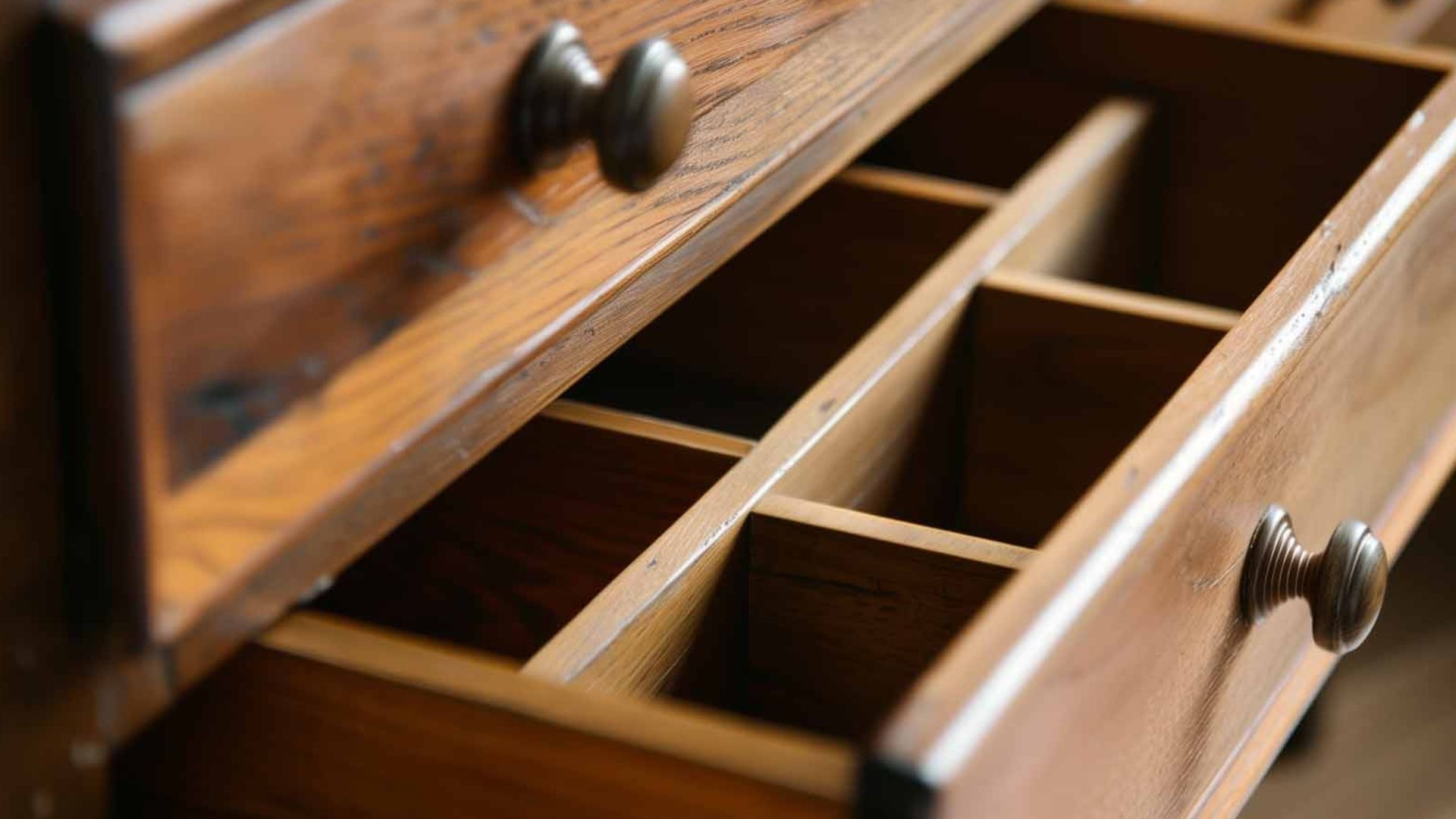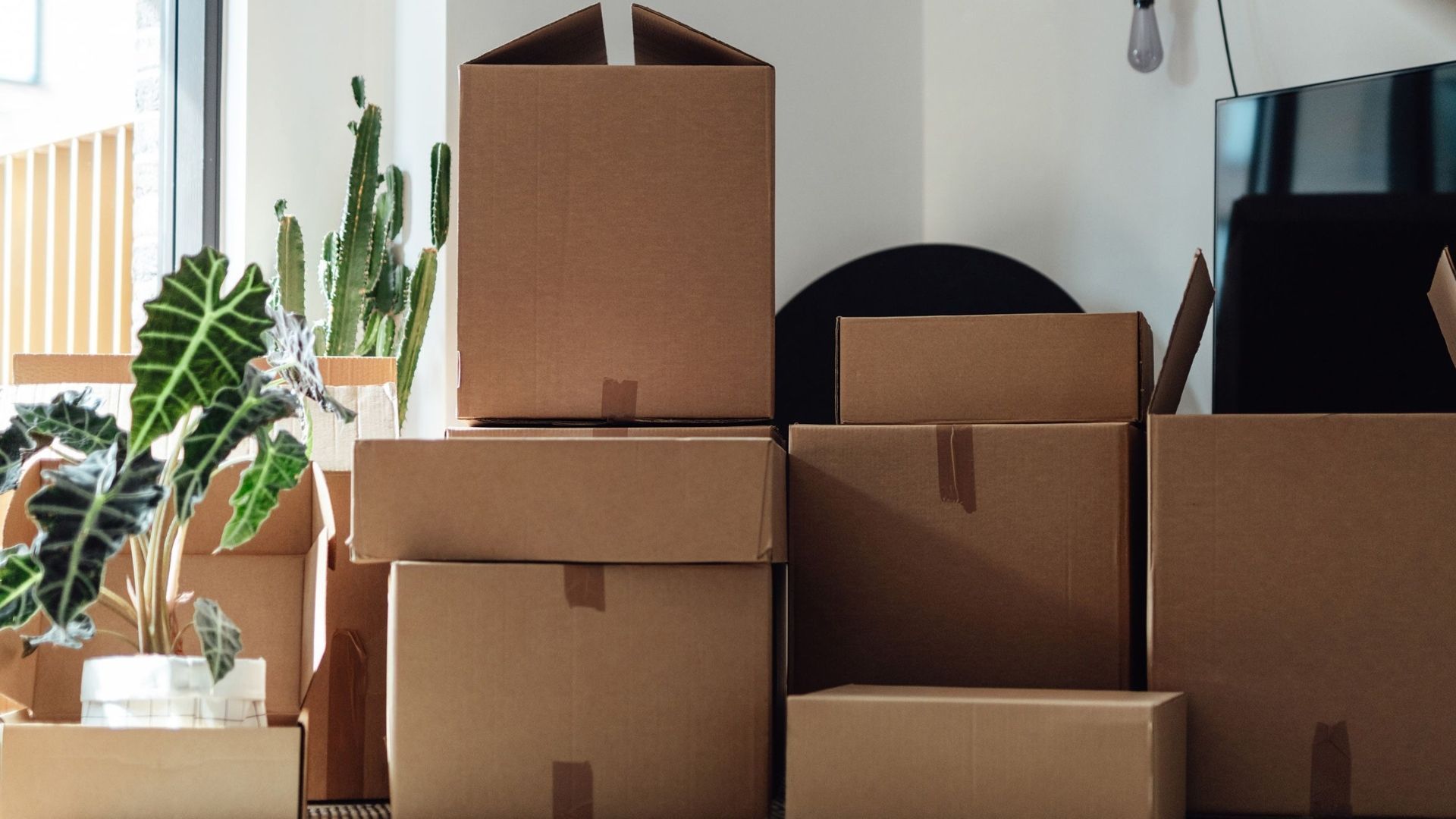How to Transport Toiletries When Moving?
You can transport toiletries when moving safely by using the right packing techniques, containers, and storage methods. The key is proper preparation to prevent leaks and damage to your other belongings.
Moving your bathroom items doesn't have to be a messy nightmare. With the right approach, you can keep your toiletries safe and your other items dry during the move.
Getting Ready to Pack Your Toiletries
Sort Through Everything First
Before you start packing, lay out all your bathroom items on the floor. This helps you see exactly what you have and makes smart choices about what to take with you.
Look at each item and ask yourself:
- Is this expired? Toss anything past its date or that smells or looks different. The FDA recommends disposing of expired medications safely at designated drop-off locations.
- Is this almost empty? Use it up or throw it away.
- Do I really need this? Moving is the perfect time to get rid of products you never use.
- Would it cost more to move this than buy new? Heavy shampoo bottles might not be worth the moving cost.
Pro tip: Sorting and purging your toiletries will make both packing and unpacking much easier. Plus, it ensures you aren't taking up valuable moving truck space with unnecessary products—which can help make your move cheaper.
Make Categories for Easy Packing
Group your items into categories:
- Hair products (shampoo, conditioner, styling products)
- Skincare items (moisturizers, cleansers, serums)
- Makeup and cosmetics
- Daily hygiene items (toothpaste, deodorant, soap)
- Medicines and first aid supplies
- Cleaning supplies
- Bathroom tools (hair dryer, razor, brushes)
This system makes packing faster and unpacking easier at your new home.
Choose the Right Containers and Boxes
Best Box Sizes for Toiletries
Small boxes tend to be better for packing toiletries since the weight of the liquids adds up quickly. When possible, look for double-wall moving boxes for extra durability. Here's what works best:
Small Moving Boxes (1.5 cubic feet)
- Perfect for most toiletries
- Handle up to 50-60 pounds safely
- Easy to lift and carry
- Use small boxes for packing toiletries such as skincare products, cosmetics, perfume, cologne, and hygiene items.
Medium Boxes (3 cubic feet)
- Good for bathroom towels and linens
- Can hold hair styling tools and larger bottles
- Medium boxes are great for packing toys, board games, puzzles, and stuffed animals. Make sure to secure any loose parts or pieces so they won't be lost in the process.
Special Container Options
Liquor Store Boxes If you have a lot of shampoos, conditioners, or other products in large bottles, you may want to consider picking up a liquor store box or two. Liquor store boxes are made to handle heavy weight and come with a cardboard bottle divider.
Plastic Storage Bins For items that might leak, waterproof plastic containers offer extra protection. They work especially well for cleaning supplies and nail products.
Leak-Proof Packing Techniques
The Plastic Wrap Method
Place cling-wrap over the lids. If you're traveling to a higher elevation or worried you've filled the bottles a little too much, add a layer of cling-wrap before you twist the top back on. This creates a tight seal that prevents leaks caused by air pressure changes, which research from MIT shows can affect liquid containers during transport.
Here's how to do it:
- Remove the cap from your bottle
- Place plastic wrap over the opening
- Screw the cap back on over the plastic wrap
- Make sure the cap is tight
Double-Bag Everything
Place each toiletry item in a separate resealable plastic bag before packing them into your toiletry kit. This way, even if a leak does occur, it will be contained within the individual bags, preventing it from spreading to other items.
Best bagging method:
- Put each liquid item in its own plastic bag
- Use sandwich bags for smaller bottles
- Use gallon-size bags for larger containers
- Always store your toiletries in a separate (or extra) plastic bag. No matter how much I trust my favorite silicone bottles, I still like to place them in a plastic sandwich bag for an extra layer of protection.
Remove Excess Air
One of the easiest ways to keep bottles from exploding or leaking during a flight is to squeeze out any excess air that may be in the bottle — an especially pesky problem if you're traveling around with a dozen half-used toiletries.
For moving, this same trick helps prevent pressure changes from causing spills:
- Squeeze plastic bottles gently to remove air
- Tighten caps while the bottle is slightly compressed
- This reduces pressure that could cause leaks
Packing Different Types of Products
Liquid Hair Products
Shampoo and Conditioner:
- Keep shampoos, conditioners, gels, lotions and other similar liquid products from spilling out and making a mess by wrapping the bottles in plastic wrap or putting them in sealable plastic bags
- Stand bottles upright in boxes
- Fill space around bottles with towels or packing paper
- Consider the cost: Have in mind that shampoo bottles (as well as most other hair products) are quite heavy and will cost a lot to ship. So, it is a good idea to relocate only expensive products and avoid taking anything that is cheap and easy to replace.
Hair Styling Tools:
- Let curling irons and hair dryers cool completely before packing
- Wrap cords separately to prevent tangling
- Pack in their original boxes when possible
- Use bubble wrap for extra protection
Makeup and Cosmetics
Powder Products: For example, powder compacts and eyeshadows are all too easy to crack. You will want to open your powder product, place a cotton pad directly over the product, shut the lid, and then tape it shut.
This method protects powders from cracking during the move.
Liquid Makeup:
- Foundation and concealer should be in leak-proof bags
- Store makeup brushes in a separate bag
- Pack lipsticks and lip balms in small containers
- Place accessories like makeup brushes into a resealable bag. To protect products like pressed powders, put a cotton pad on top of the powder before wrapping.
Cleaning Supplies and Hazardous Items
Items Movers Won't Transport: Since many cleaning supplies are corrosive or flammable, most movers will not take them. This includes:
- Bleach and harsh cleaners
- Aerosol products like hairspray
- Nail polish and remover
- Rubbing alcohol
If You Transport These Yourself:
- Secure the opening of any bottles with plastic wrap and then pop them into a plastic bag. Line the bottom of your box with a trash bag if you want extra protection.
- Use a separate car trip for these items
- Never pack them with regular movers
Medications and First Aid
Prescription Medications:
- Keep these with you during the move
- Don't pack in moving boxes
- Bring enough for several days after the move
- The American Moving and Storage Association recommends keeping all medications with you personally rather than packing them with household goods.
- Keep your medications, bandaids, cotton swabs, and other medical products within close reach while moving. Use a small bag as your first aid kit.
Over-the-Counter Items:
- These can go in regular packing boxes
- Still keep a small first aid kit accessible
Smart Box Packing Strategies
Layer Your Items Right
Bottom Layer:
- Place heavier items like full bottles at the bottom
- Line the box bottom with towels or old clothes
- This creates cushioning and absorbs any spills
Middle Layer:
- Medium-weight items like tubes and jars
- Wrap each item in packing paper
- Fill gaps with soft materials
Top Layer:
- Lightest items like cotton balls and Q-tips
- Delicate items that could break if crushed
Fill Empty Spaces
Line the boxes containing appliances and accessories, hair products and toiletries with towels. Empty spaces let items move around and break. Fill gaps with:
- Towels and washcloths
- Bubble wrap
- Packing paper
- Old t-shirts
- Socks and underwear
Weight Management
We recommend keeping content weight at no more than 50lbs for that reason. According to occupational safety research from the CDC, lifting boxes over 50 pounds significantly increases the risk of back injury. Heavy boxes are:
- Hard to lift safely
- More likely to break
- Difficult for movers to handle
Weight-saving tips:
- Use multiple smaller boxes instead of one large box
- Mix heavy liquids with light items like cotton products
- Consider using travel-size versions of products
Creating Your Moving Day Essentials Kit
Pack a Survival Kit
You'll need some toiletries right away in your new home. Pack an essentials kit and a first aid kit: Once your things are all sorted, set aside a few items you use daily.
Your essentials kit should include:
- Toothbrush and toothpaste
- Soap and shampoo (travel sizes work great)
- Deodorant
- Basic skincare items
- Any daily medications
- Toilet paper (you'll need this right away!)
- Hand towel
- Basic first aid supplies
Packing tips for your kit:
- Use an accessible and easy-to-carry cosmetics bag to carry your essentials kit. This way, you wouldn't need to do much and can quickly spot your kit while settling into your new place.
- Keep this bag with you, not in the moving truck
- Pack enough for at least 2-3 days
Special Considerations for Different Moves
Local Moves vs Long-Distance
Local Moves:
- You can make multiple trips for fragile items
- Less worry about temperature changes
- Can transport some items yourself
Long-Distance Moves:
- Some liquid products can freeze and burst if you're moving during colder temperatures. While this shouldn't be a problem for local moves, it may be risky for long-distance transport.
- Plan for temperature changes
- Pack more carefully since you can't easily replace items
Weather Considerations
Hot Weather:
- Some products can melt or separate
- Keep boxes out of direct sun
- Consider climate-controlled storage if needed
Cold Weather:
- Liquids can freeze and expand
- This breaks containers and makes messes
- Keep valuable products with you in heated vehicles
Professional Moving Services and Toiletries
What Your Moving Company Can Do
Most professional movers can transport toiletries if they're packed properly. However, they have restrictions on hazardous materials. When you work with Edmonton movers like Last Stop Moving, they can help you understand what items they can transport safely.
Items movers typically transport:
- Regular shampoos and conditioners
- Most makeup products
- Soaps and body washes
- Basic cleaning supplies (non-hazardous)
Items requiring special handling:
- Large quantities of liquids
- Expensive cosmetics
- Items in glass containers
When to Consider Packing Services
If you have lots of expensive toiletries or feel overwhelmed, professional packing services can help. Experienced packers know exactly how to secure liquid items and prevent damage.
Benefits of professional packing:
- Expert knowledge of leak prevention
- Right materials and techniques
- Insurance coverage for packed items
- Time savings for busy families
Unpacking Your Toiletries Safely
Set Up Your Bathroom First
When you reach your new home, unpack toiletries early. You'll need them right away, and it's easier to organize a bathroom when you're not tired from moving day.
Unpacking order:
- Set up your essentials kit first
- Unpack daily-use items
- Check all containers for leaks or damage
- Organize by frequency of use
- Save specialty items for last
Check for Damage
Look over each item as you unpack:
- Check for cracks in bottles
- Look for loose caps
- Test pumps and dispensers
- Clean up any minor spills right away
Smart Storage in Your New Home
Use this fresh start to organize better:
- Group similar items together
- Use clear containers for small items
- Keep daily items within easy reach
- Store backups in a separate area
Money-Saving Tips for Moving Toiletries
DIY vs Professional Help
When to pack yourself:
- You have time to do it carefully
- Most items are basic toiletries
- You want to save money
- You don't have many fragile or expensive items
When to hire pros:
- You have lots of expensive cosmetics
- Limited time before your move
- Previous bad experiences with spills
- Moving long-distance with valuable items
Cost-Effective Strategies
Use what you have:
- Old towels and clothes for padding
- Grocery bags for extra protection
- Empty jars and containers for organization
Smart shopping:
- Buy travel sizes before moving
- Use up large bottles before packing
- Consider solid alternatives (shampoo bars, etc.)
- Move to non-liquid toiletries, such as a solid shampoo bar, solid perfume stick and pocket laundry wash strips. Many toiletries can be found in a solid, non-liquid form.
Common Mistakes to Avoid
Packing Mistakes
Don't make these errors:
- Overfilling boxes with heavy liquids
- Forgetting to secure caps properly
- Mixing hazardous items with regular toiletries
- Packing glass items without proper protection
- Leaving air in bottles that could expand
Planning Mistakes
Avoid these planning problems:
- Waiting until the last minute to pack bathrooms
- Not having essentials ready for the first night
- Forgetting to check mover restrictions
- Not having backup plans for spills
- Underestimating how long bathroom packing takes
Creating Your Moving Timeline
Two Weeks Before Moving
- Start using up large bottles and products
- Buy travel-size replacements
- Gather packing supplies
- Sort through expired items
One Week Before Moving
- Pack non-essential toiletries
- Set aside essentials kit items
- Confirm what your movers will transport
- Get special containers for hazardous items
Moving Day
- Pack remaining daily items last
- Keep essentials kit with you
- Do final check of cabinets and drawers
- Have cleaning supplies ready for last-minute bathroom cleanup
When you're ready to make your move as smooth as possible, consider working with experienced local movers who understand the challenges of transporting toiletries and other household items safely.
Final Thoughts
Moving your toiletries doesn't have to be stressful or messy. The secret is good preparation and the right packing techniques. Start early, use quality materials, and don't be afraid to ask for help when you need it.
Remember that a little extra time spent on proper packing can save you from big headaches later. Clean clothes, undamaged belongings, and toiletries that arrive safely make settling into your new home much easier.
Ready to make your next move stress-free? Contact Last Stop Moving for professional moving services that handle your belongings with the care they deserve. We're here to help make your move the last one you'll have to worry about!



